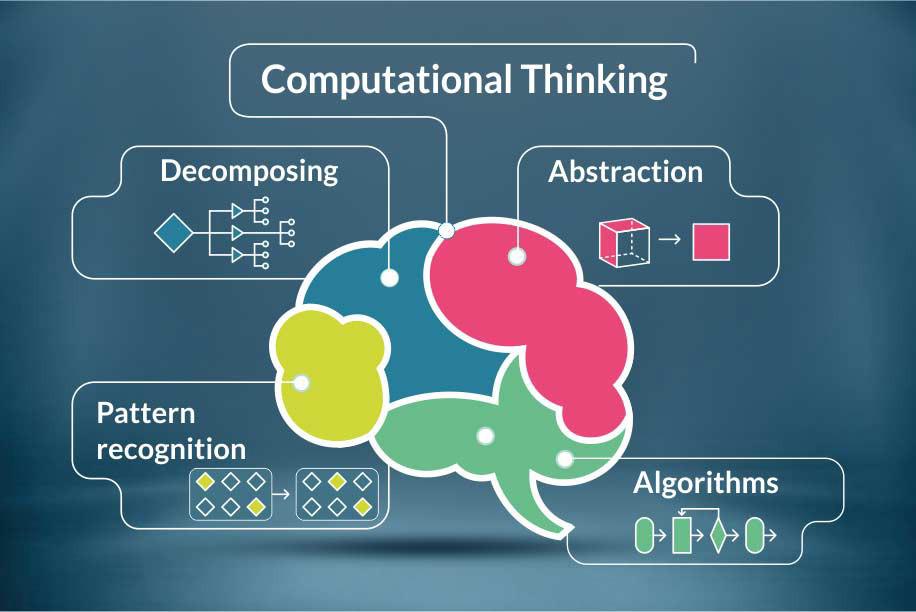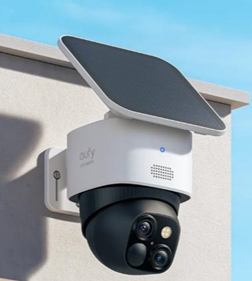- Benjamin Asomani
As a first-year Duke student working towards a career in medicine, Benjamin Asomani was curious about computer science and coding, but wary of diving into coursework without prior exposure to the field. At the suggestion of another student, he participated in the summer 2021 Code+ program, learning CSS and HTML skills as part of an applied group project, while confirming his interest in computer science. This semester, Asomani has begun coursework for a minor in computer science to complement his planned major in biology.
“The hands-on learning was a good way to be introduced to coding. I liked the process of making and building something for a project and having instructors who could help us review our work and spot mistakes,” said Asomani, who finished the program feeling confident about his abilities in CSS and HTML.
Duke’s Center for Computational Thinking (CCT) launched in 2020 to support and coordinate campus-wide resources for faculty, students and staff. Its core priority is to ensure all Duke students can be exposed to computational approaches and learn to use data to create new knowledge.

For students like Asomani, the CCT’s network of programs can provide an introduction to computing, and make computational majors more accessible by reducing real or perceived barriers to entry.
- Harsha Srijay
For undergraduate Harsha Srijay, the summer 2020 +DataScience Advanced Research Program linked his math and data science majors with his interest in bioinformatics for a project exploring the use of predictive models for diagnosing respiratory diseases. “I’m more interested in applied work than theoretical modeling, and this project let me focus on using the tools of data science to solve real-world problems,” Srijay noted.
To support instruction, the CCT works with faculty and departments across Duke to integrate computing-related content into their courses, and provides learning modules to supplement faculty instruction.
- Sally Kornbluth
“Learning how to draw critical conclusions from data and to take computational approaches to solving complex problems across disciplines are important elements of a 21st century liberal arts education,” said Provost Sally Kornbluth. “The CCT is connecting existing resources at Duke — and responding to gaps in our current offerings — to ensure all students and faculty have the opportunity to bring these approaches to their studies and their research.”
- Matthew Hirschey
Kornbluth recently appointed Duke School of Medicine Professor Matthew Hirschey to lead the center, working in close partnership with computing colleagues across campus. A molecular physiologist who embraced data science several years ago to advance his own skills and his lab’s data analysis capabilities, Hirschey is committed to helping students and colleagues realize the benefits of computational approaches.
“As someone who came to computation rather recently, my perspective is that this is something everyone should know,” Hirschey said. His vision involves helping students who are already steeped in computing understand its intersections with ethics, policy and other fields. And for liberal arts students and scholars, Hirschey wants the CCT to help them become “comfortable and capable with computation and computational tools to extract meaning from data, regardless of their field of study,” he noted. “Because the current generation of liberal arts students should understand how computational approaches can be used to find patterns in literature, or art, or dance.”
- Jessica Portillo
In a mini-course on data science led by Hirschey, Ph.D. students Taylor Chavez and Jessica Portillo learned computational skills with immediate application to their research. “I come from a wet lab background, and this has provided the foundation and basic components of what I need, and clarified that I do want to do more computational work in the future,” said Portillo.
- Taylor Chavez
Chavez studies tissue engineering and used course assignments to work with data from her experiments. “I have some coding background, but really not enough,” she said. “This was the first time I’d actually taken a class that was meant to teach me how to analyze and visualize experimental data in the context of my science. I brought my own data, and I got to play with different ways to visualize the results in ways that made sense for how I wanted to present my data.”









